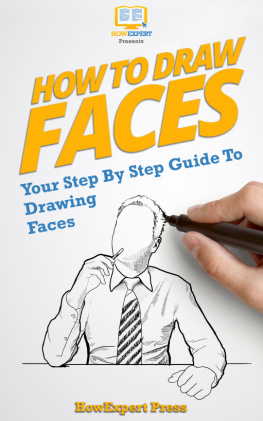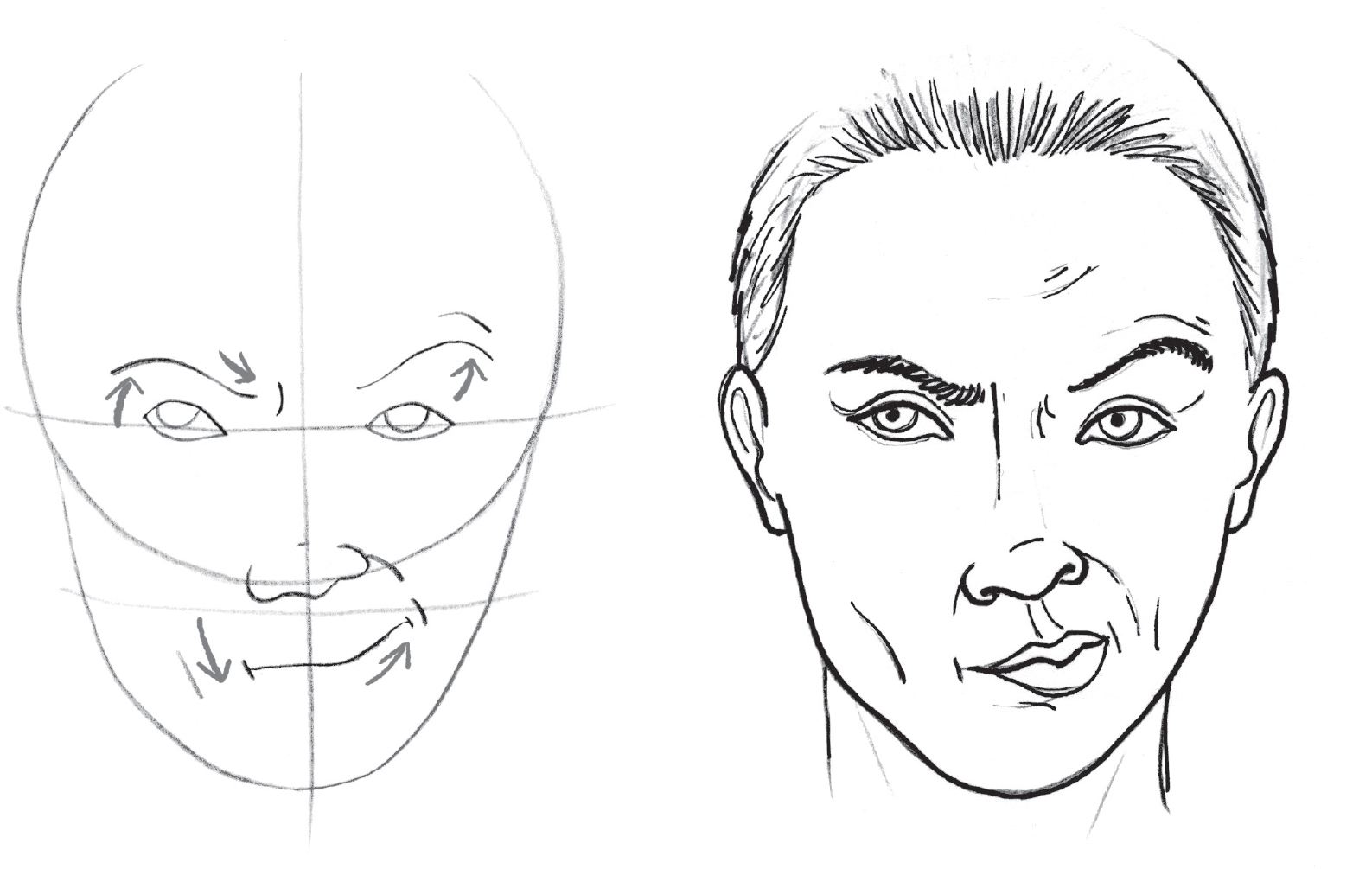Lise Herzog - Drawing Faces: Learn How to Draw Facial Expressions, Detailed Features, and Lifelike Portraits (How to Draw Books)
Here you can read online Lise Herzog - Drawing Faces: Learn How to Draw Facial Expressions, Detailed Features, and Lifelike Portraits (How to Draw Books) full text of the book (entire story) in english for free. Download pdf and epub, get meaning, cover and reviews about this ebook. year: 2022, publisher: Ulysses Press, genre: Art / Computer. Description of the work, (preface) as well as reviews are available. Best literature library LitArk.com created for fans of good reading and offers a wide selection of genres:
Romance novel
Science fiction
Adventure
Detective
Science
History
Home and family
Prose
Art
Politics
Computer
Non-fiction
Religion
Business
Children
Humor
Choose a favorite category and find really read worthwhile books. Enjoy immersion in the world of imagination, feel the emotions of the characters or learn something new for yourself, make an fascinating discovery.

- Book:Drawing Faces: Learn How to Draw Facial Expressions, Detailed Features, and Lifelike Portraits (How to Draw Books)
- Author:
- Publisher:Ulysses Press
- Genre:
- Year:2022
- Rating:3 / 5
- Favourites:Add to favourites
- Your mark:
Drawing Faces: Learn How to Draw Facial Expressions, Detailed Features, and Lifelike Portraits (How to Draw Books): summary, description and annotation
We offer to read an annotation, description, summary or preface (depends on what the author of the book "Drawing Faces: Learn How to Draw Facial Expressions, Detailed Features, and Lifelike Portraits (How to Draw Books)" wrote himself). If you haven't found the necessary information about the book — write in the comments, we will try to find it.
Grab your sketchbook, pens, and pencils, and follow along as this instructional drawing guide teaches you everything you need to know about creating true-to-life human faces.
With more than 150 easy-to-follow illustrations, Drawing Faces is the perfect guide for aspiring artists looking to develop their portrait skills. Start off simple with learning how to draw basic facial features. By the end, you will have gained the knowledge you need to make your characters faces as realistic as possible including learning to draw:
- Various facial expressions
- Side profiles
- Lifelike portraits
- And much more!
Whether youre a beginner or a drawing pro, Drawing Faces is the perfect book to hone your technical drawing skills and take your illustrations to the next level.
Lise Herzog: author's other books
Who wrote Drawing Faces: Learn How to Draw Facial Expressions, Detailed Features, and Lifelike Portraits (How to Draw Books)? Find out the surname, the name of the author of the book and a list of all author's works by series.




















